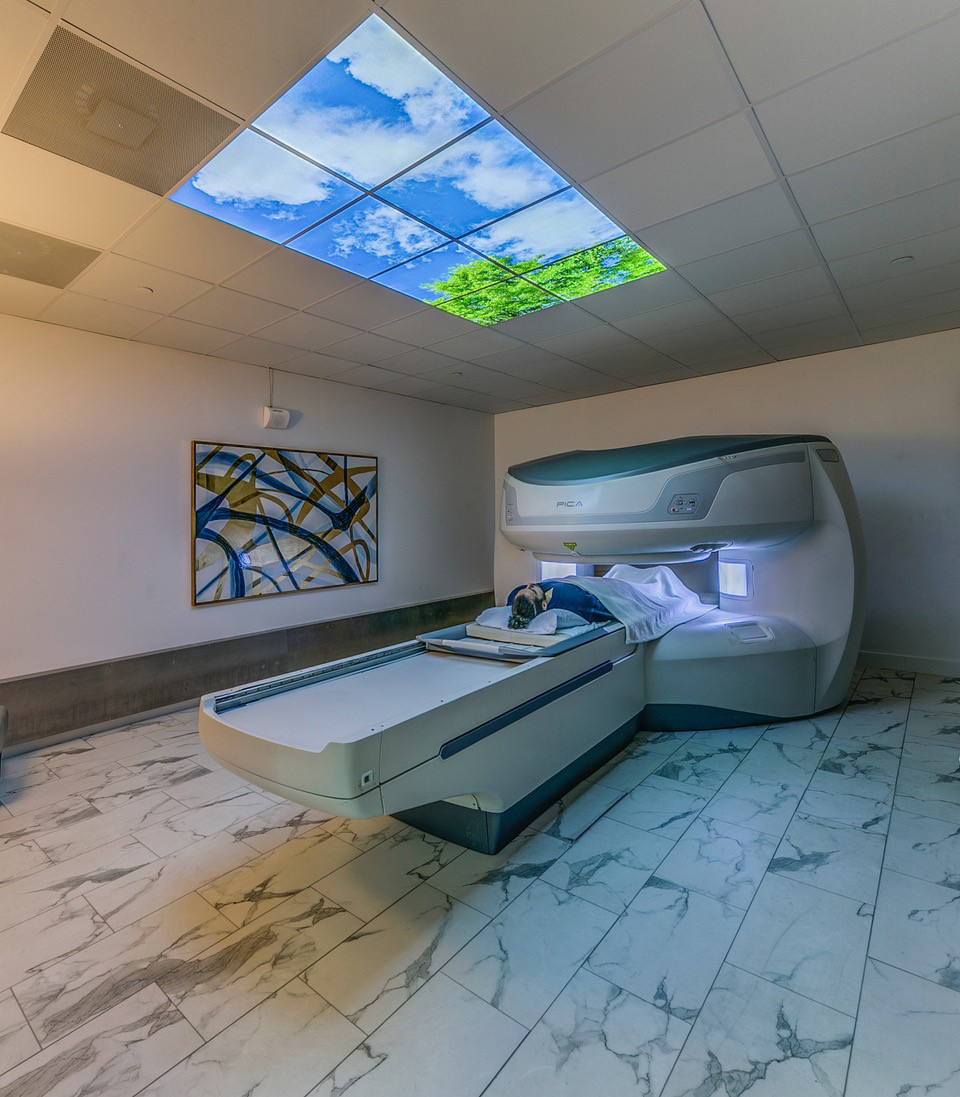1
Description
MRI, Magnetic Resonance Imaging, is a method used by physicians to look inside the human body to obtain diagnostic information. Incorporating an advanced technology, MRI produces images of the anatomy without the use of radiation found in x-ray and CT scanning.
MRI uses a computer and the physical properties of magnetic fields and radio waves to generate images of the soft tissues within the body in any plane. This technique is commonly used as a primary diagnostic tool. It can help provide a quick and accurate diagnosis for your physician, which in some situations can reduce the need for exploratory surgery and other diagnostic procedures that might have associated risk.
MRI is a non-invasive procedure, and there are no known side or after effects. The procedure is painless; in fact, you won’t see or feel anything. A faint knocking sound will be heard, which is simply the imaging process in operation. The benefits of magnetic resonance imaging are many, with new applications continually being developed through on-going research.
2
Exam Prep
The procedure is used for all parts of the body and is effective in the clinical evaluation of the following conditions:
• Brain disorders
• Traumatic injuries
• Eye abnormalities
• Spine diseases
• Tumor detection
• Knee and shoulder injuries
• Musculoskeletal disorders
• Infection
• Blood flow and vessel disorder
3
What to expect
Depending on the MRI exam that is requested, you may be asked to change into a gown or robe. Jewelry, watches, hair clips, piercings, and possibly dentures will need to be removed before the exam. If the MRI exam calls for the use of contrast material, an intravenous (IV) line may be placed in your arm so that the contrast material can be injected. Images will be taken before and after the contrast material is injected. You will be asked to lie on a cushioned, moveable table and maybe positioned comfortably with bolsters. For the best possible quality images, you will need to be as still as possible during the exam. You will hear a faint knocking sound as the machines capture the images. MRI exams often include multiple phrases or sequences, some of which sound different and vary in length of time. The technologist is immediately available at all times and you will be in full view of the technologist by means of a window during the exam. The technologist can hear and speak to you through an intercom in the room. Immediately after your exam, you may resume regular activities.
cONTACT us
Open MRI
FULLY ACCREDITED IMAGING CENTER
OPEN MRI of Corpus Christi
Social
PACS login can only be opened using Chrome or Edge browser

